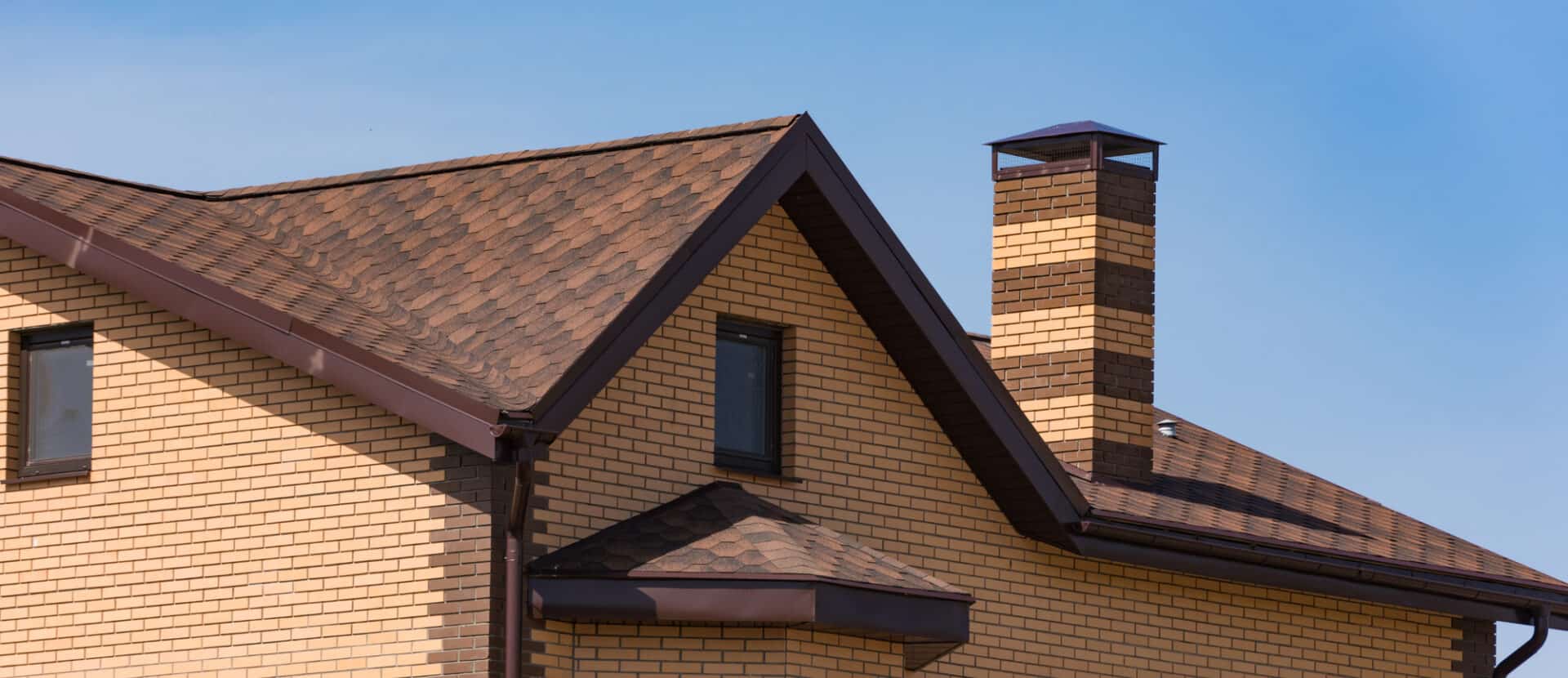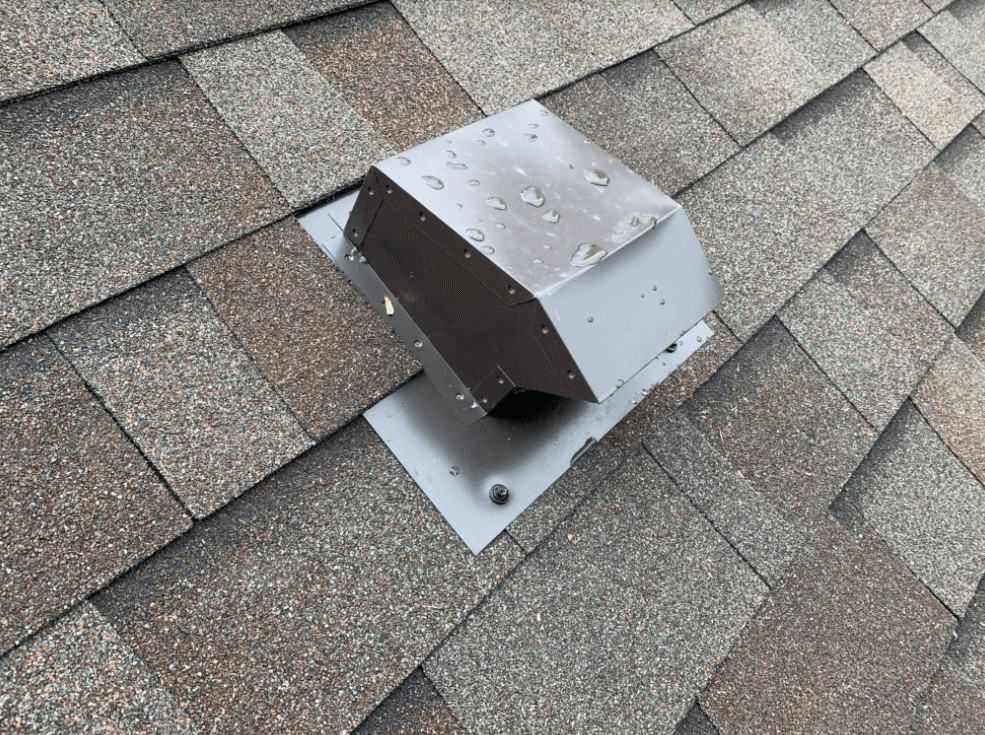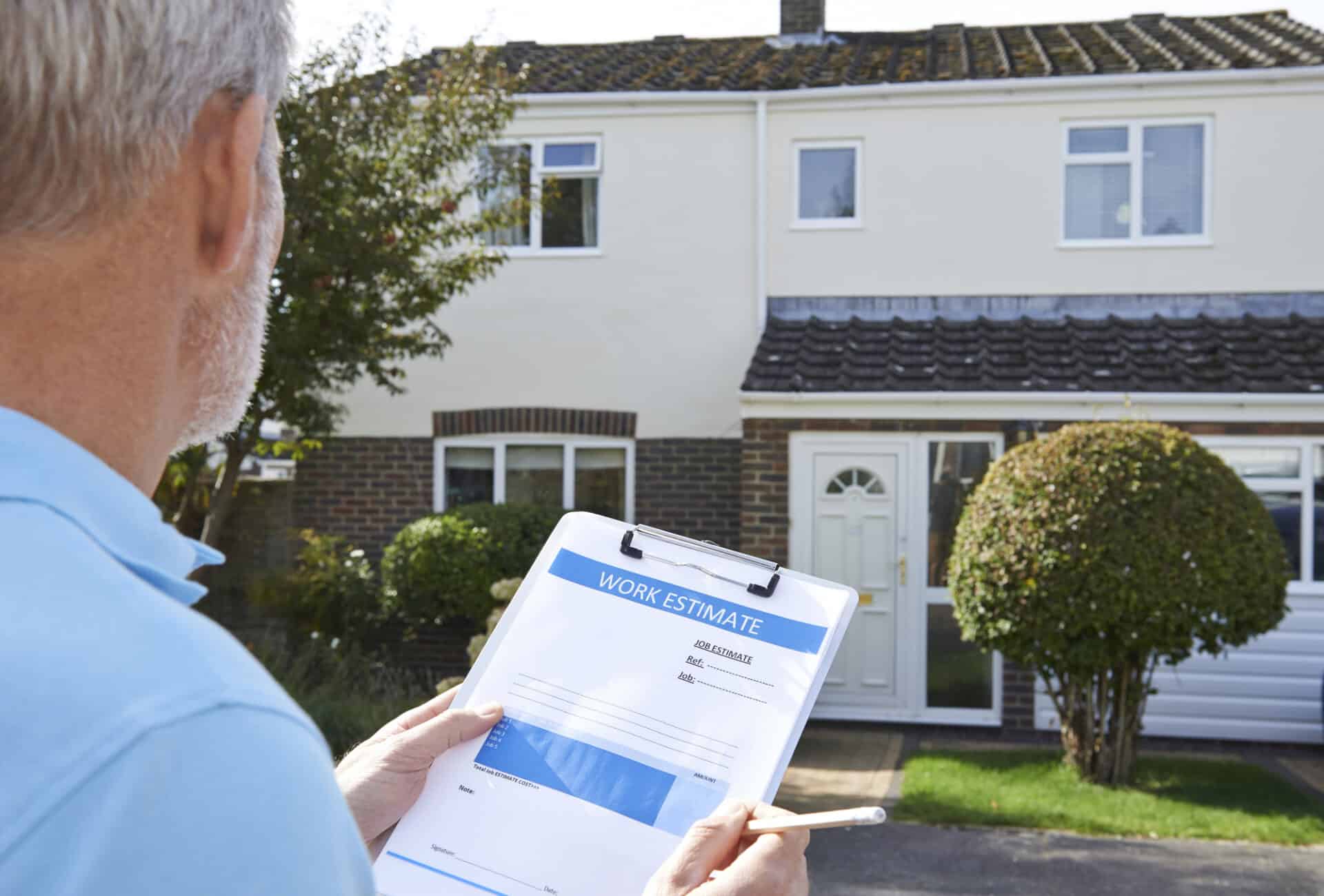Replacing the roof on your home should be a one-time deal. To ensure you don’t have any problems, you need to find an excellent contractor who will install high-quality roofing materials. If you get these two things down you’re almost guaranteed to get a new roof that will last for many years… problem-free.
As you saw in our last letter, the entire roof system is made up of many different parts. Each part works together to form a weather-proof barrier between your home and the outside. If poor quality materials are used during any part, it could create a kink in the system and allow water into your home.
But where do you start? Like anything that you have limited experience with, it can be overwhelming to even think about all there is to learn. So I’m going to break it down as simply as I can. In this short guide, I’ll explain which parts of the roof are most critical, and which material is best in that area. I’ll start with the highest priority products first, then work down from there.
1. Priority – Best Shingles
The shingles on your home will take the brunt of the abuse from the weather. The sun beats down on them daily, and the rain and wind work to erode them constantly. Choosing a poor-quality shingle will shave years of life off your new roof, and could even give you problems in the near future.
Some shingles are backed by very limited warranties that will only cover you if a roof leak occurs. If the color changes and looks terrible, the shingle cracks, or even if granules fall off, you won’t be covered unless there’s a leak.
Some shingle manufacturers have drastically reduced the weight of their shingles, lowering the amount of asphalt and granules in it to save on shipping and production costs. Other shingles are still heavy but made with cheaper quality asphalt and fiberglass which will wear out faster in the weather.
We use CertainTeed because they don’t have any of these problems – their shingles are made of the highest quality materials and backed with an excellent warranty.
2. Priority – Best Flashings
Faulty flashings are the most common cause of roof leaks, that’s why they come in as the second highest priority, and it could even be argued that they are more important than the shingles themselves. There are several different types of flashings on the roof, the most critical to get right are wall flashings, pipe flashings, and valley flashings.
Wall Flashings
Wall flashings are put in place wherever the shingles run into a wall. These flashings must go up the wall 2″ and extend on the roof 3″. Wall flashings should be painted by the factory to prevent rust and most importantly – MUST be replaced when you get your roof replaced (and a layer of ice & water shield installed behind them). If they are leaking already and your roof reuses them – they will leak even worse because of all the additional nail holes in them. This is one of the most common ways brand-new roofs still leak.
Pipe Flashings
Pipe flashings go around each pipe sticking out of your roof. The most common pipe flashings have a steel base with a rubber gasket that seals around the pipe. The problem with these, even though they are very common, is that they start to crack and will let water run into your attic in about 15 years, some as early as 10 years. The best solution is to get pipe flashings made entirely of metal – no rubber to crack and leak. These metal flashings are usually made of lead and should be painted to match the roof. As long as no one is up there sanding them they are perfectly safe and won’t harm the environment.
Valley Flashing
Valley flashing is critical to ensure a long roof life. The scary part is that the building code doesn’t even require metal to be put in valleys, so as you can imagine, many roofers don’t use it.
Here’s why it’s important: A valley is where two roof sides meet together – the flat pieces of plywood meet and make a sharp corner (and sometimes don’t meet all that well). When a piece of shingle is laid across the valley, an air pocket will be created between the shingle and the plywood (since the shingle will be rounded). If someone were to step in the valley or something sharp or heavy were to hit it, it would break the shingle and allow all that water to pour into the home.
Installing a layer of metal under the shingle will make it impossible for this to happen. It will provide strong support under the shingles so they can’t be broken; if anything happens to the shingle, water will run down the valley metal and off the roof instead of into the home. This is so important since valleys are where all the water gathers and runs; a small hole can create huge problems.
3. Priority – Best Ventilation
Ventilation is a critical part of the roof system. A roof lacking adequate ventilation will build up heat and moisture in the attic, leading to mold, damaged or delaminating plywood, and shingles breaking down faster than they should – plus a higher A.C. bill in the summer. There are basically two types of venting – Roof louvers (or roof cans) and Ridge Vent.
Overall ridge vent is a better-looking solution since you can barely see it, and you won’t have roof louvers sticking up all over the place. If you get a ridge vent, make sure you get one with an external baffle, this will help pull the hot air out of your attic when there’s wind. Without the external baffle, a ridge vent’s effectiveness gets reduced by 50% if there’s a breeze.
If you have to go with the roof louvers though, it’s best to get metal roof vents, not plastic! Plastic will break down in the sun and can crack and even shatter after only 10-15 years. If this happens, a lot of water can get into your home quickly, usually without you knowing about it. Metal vents will solve this problem.
4. Priority – Best Underlayments (aka felt paper)
Underlayments go down over the plywood and under the shingles. They act as a layer of backup protection after the roof is on, and temporary protection during the installation. Like all products, underlayments have different qualities that range in price from cheap to very expensive. And, like most things, you get what you pay for. We’ve found the best value of underlayments to be in the mid-price range. These are still a very high quality, but not the high cost of the most expensive.
You need two types of underlayments on your roof: Ice & water shield and normal underlayment.
Ice & water shield is a super-thick felt paper with a sticky backside that will adhere to the plywood below. This should be installed in all high leak risk areas like your eaves, valleys, and behind all flashings. Going cheap here could end up giving you problems down the road during a big ice dam or other severe weather. CertainTeed’s WinterGuard is a very high-quality ice & water shield that is thicker and sticks better than the alternatives. Plus, it comes with a warranty.
Regular underlayment goes everywhere else on the roof. The traditional stuff is an organic felt paper that can wrinkle and create bumps in the shingles installed over it if it gets wet. A high-quality synthetic underlayment like Diamond Deck solves this problem and will provide excellent backup protection.
With WinterGuard and DiamondDeck alone on a roof, you could go over 6 months without leaks. Shingles and flashings over top create an almost invincible roof system that will assuredly keep water out of your home.
6. Priority – Best Plywood
Plywood is the most common material used for roof decking. While the newer OSB fiberboard is much cheaper, it’s also quite a bit weaker. If you’re starting fresh I highly recommend using at least 1/2″ CDX plywood with plywood clips for the roof deck. An alternative would be to move up to a 5/8″ OSB, but I don’t suggest using a 7/16″ OSB for a normal roof deck. Sure, it may be cheap, but it’s not very tough stuff.
The one application where using 7/16″ OSB makes sense is if your roof deck is skip sheathing or ship-lap. You can lay a 7/16″ OSB right over the top of it to create a strong and flat roof deck to nail the shingles to. This will save money, and there are no drawbacks.
Contact Us For a Quote
Once again, the materials you choose to be installed on your roof matter greatly, and getting them all right is important to ensure you don’t have to deal with your roof again for a very long time. My goal is to give you the information you need to make a decision about your roof that you can be happy with for a very long time.




